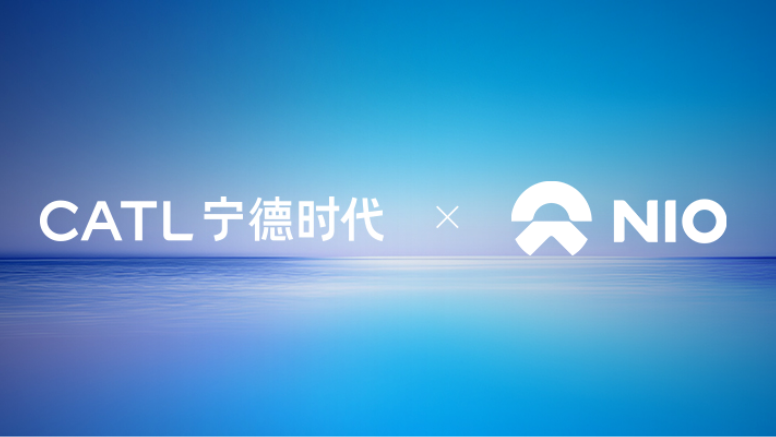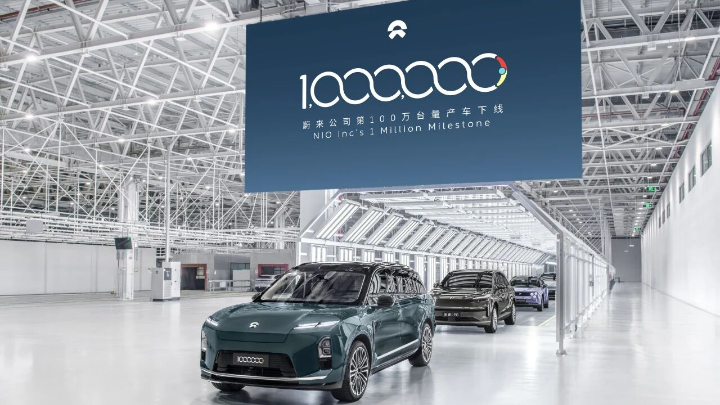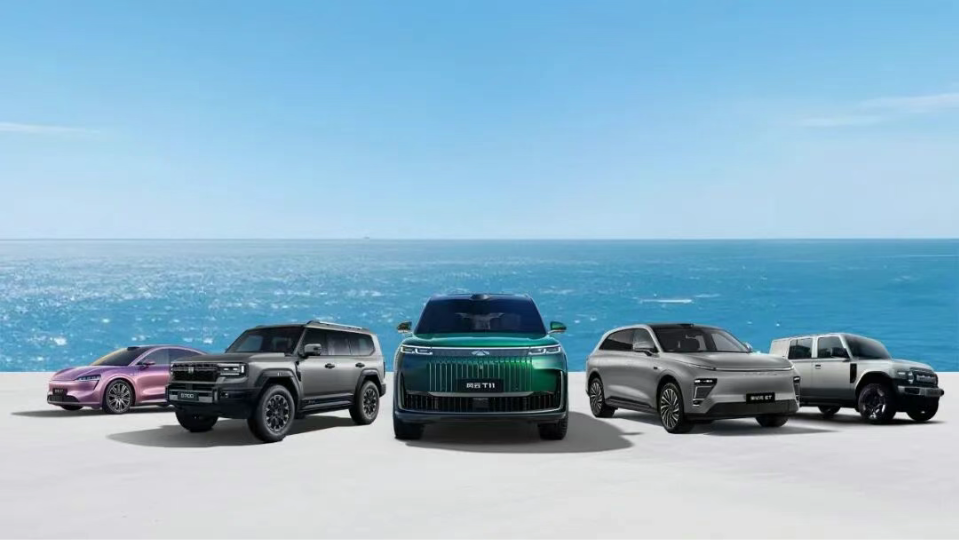Shanghai (Gasgoo)- The 2nd Intelligent Driving Technology Summit, which was jointly held by the CIOE (China International Optoelectronic Exposition) and Gasgoo.com to boost an in-depth fusion of optoelectronic and automobile industries, and build a cooperation and communication platform for industrial people, was successfully closed on September 6, 2019.
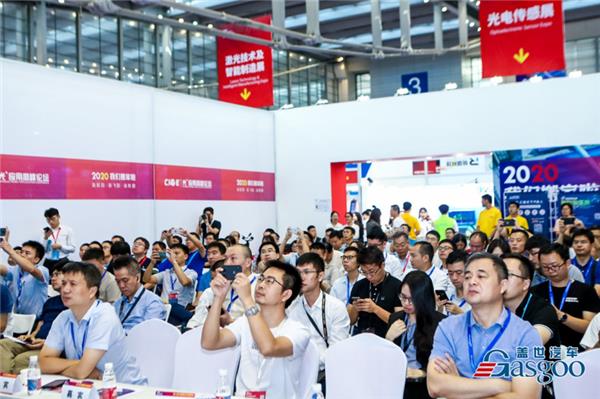
Officials from governmental agencies and a number of renamed analysts, experts and executives from consultation companies, OEMs and suppliers of sensors including LiDAR, infrared night-vision system and cameras gathered at the summit, discussing about the prospect of optoelectronic and automotive electronics industries.
Besides, the summit was also earnestly supported by a number of companies, such as ams AG, Baraja and OQmented.
We hereby summed up part of bright spots from the valuable speeches delivered by the honored guests.
Yang Gengshuo Secretary-general of the China International Optoelectronic Expo

Mr. Yang delivered the key note speech for the summit.
With the fast development of optoelectronic industry in recent years, the integrated application of optoelectronic and intelligent vehicle has permeated multiple areas, such as LiDAR, thermal imager and car-borne lens, speeding up the development towards intelligence for the whole auto industry, said Mr. Yang.
Tina Zhou, CEO of Gasgoo.com
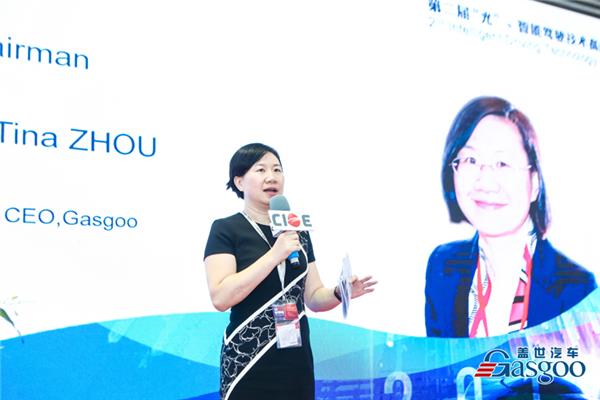
Both auto outputs and sales in China exceeded 27 million units in 2018. Under such a huge scale, vehicles are so much different from that of the old days, whether in exterior or in functions. This change has substantially influenced the whole industrial chain. Besides, more and more non-mechanical players have been flocking into the auto industry, and the auto supply chain is also experiencing a rapid transition, Tina said.
Song Baicheng, Senior Researcher of Gasgoo Auto Research Institute

Speaking of the development trend of autonomous driving industry, Mr. Song said many China's indigenous brands rolled out their ADAS-equipped models in 2018 and are gradually pushing forward their mass production. The autonomous vehicle market will keep expanding over the next two years.
Through analyzing the factory-installed PV market, we consider that the ADAS will still dominate the overall autonomous vehicle market before 2027. The share of technologies and products with L3 autonomous driving capabilities may obviously climb after 2022. Moreover, the share and scale of factory-installed L4 and L5 applications in PVs are forecasted to represent growth as early as 2025.
Rick MO, Senior R&D Manager of Hong Kong Productivity Council

Mr. Mo shared with guests some typical cases about how Hong Kong solves the pain points in autonomous driving area, which by far focuses on applications in fully closed or semi-closed regions, including such scenarios as road safety, subway, wharf, landfill, logistics and public transportation.
Darwin Xiao, Director of Autonomous Driving Center of Xpeng Motors

In terms of autonomous driving scenarios in China, the traffic infrastructure and participant are two major factors that should be highlighted by developers, said Mr. Xiao.
At the summit, Mr. Xiao delivered the speech about the differentiation of Chinese autonomous driving scenarios and introduced Xpeng Motors’s autonomous driving product code-named XPILOT, so as to let attendees better understand the startup’s current status in independent development of autonomous vehicles.
Cibby Pulikkaseril, Co-Founder and CTO of Baraja

Regarding what LiDAR really demands in autonomous driving scenarios, Mr. Pulikkaseril said people will choose a LiDAR solution only if the product has a long service life in a vehicle. Besides, a LiDAR can only work in a good operational status without being interrupted by other LiDARs.
Guo Jishun, Head of Intelligent Driving Technology Department of Guangzhou Automobile Research Institute
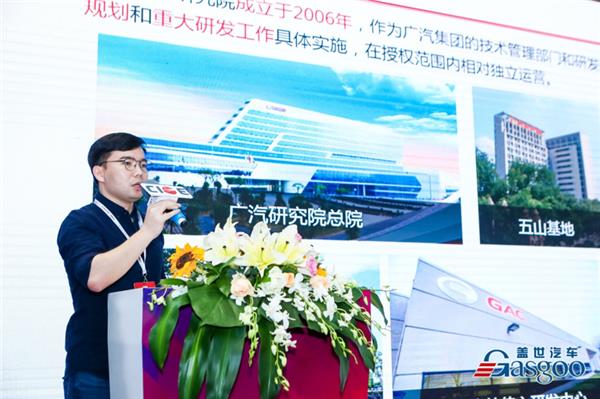
Mr. Guo gave some thoughts about the mass production of L3 intelligent driving technologies and products:
1) LiDAR is very necessary;
2) Using HD map as complementary tool is indispensable to positioning and sensing;
3) The existing vision algorithm is not good enough to the AI algorithm required by a mature chip and we still need chips with more powerful computing power.
4) Developers should control the cost and deploy sensors according to different demands.
5) Visual information are still the major sensing measure because the L3 LiDAR currently used is still constrained by many technical problems, which make images hard to be formed.
Dr. Ulrich Hofmann, Managing Director of OQmented
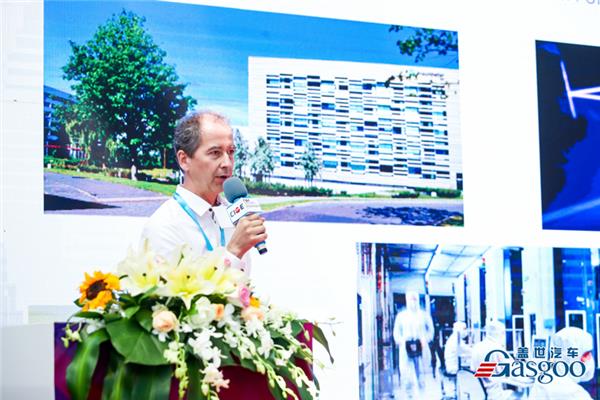
Can we use MEMS (Micro-Electro-Mechanical Systems) instead of rotatable LiDAR? Can the MEMS do a 360-degree scanning? Dr.Ulrich Hofmann’s answer is yes.
He said OQmented has a project sponsored by the European Union dubbed “MiniFaros”, which is dedicated to integrating the MEMS and the unidirectional LiDAR.
Jin Anmin, director of BD & Marketing, ams automotive

There is a great deal of things that should be concerned in terms of 3D (three-dimensional) technical application in vehicles, including LiDAR’s grasp of the environment information, measuring distance, driver monitoring & identification as well as gesture detection.
He also gave a typical case about applying existing 3D technologies in automobile. Micro Lens Array (MLA) projection technology from ams enables automotive manufacturers to implement compact, small-footprint projection lighting which can cast bright and crisp images on to flat surfaces. Featuring inherently extended focal lengths, MLA Projection Lighting devices can cast images on a variety of surfaces and over long focal distances, making them ideal for both exterior body lighting and interior lighting.
Li Hong, CEO of Neuvition Technology (Xiamen) Co., Ltd.

Apart from the autonomous driving, LiDAR can still be used in many other areas, Mr. Li said. Solid-state LiDAR has an evident shortage—it can hardly achieve 360-degree rotation. Meanwhile, the industry needs lower-cost distributed solutions to realize the 360-degree coverage. Aside from auto industry, LiDAR, as the future 3D sensor, will be widely used in the process of transforming AI technologies from labs to commercial scenarios.
Paul Lam, Senior Manager of Automotive Field Application Engineering Group, Renesas Electronics (China) Co., Ltd.

Mr. Lam elucidated the ADAS and 360-degree view solutions of Renesas Electronics.
He said people are more and more caring for the functional safety, while whether a main chip meets the ISO26262’s requirement should also be taken into account for the sake of safety. As an original member of the ISO26262, Renesas Electronics launched a single-chip microcontroller (SCM) with functional safety as early as 2008. The SCM we launched in 2011 satisfied ISO's highest-level functional safety. Then, in 2013, they applied such experience in SoC (system-on-chip).
The R-Car is Renesas' lineup of system-on-chip (SoCs) ICs for car information systems. The third-generation R-Car product, like the R-Car H3, conforms to the ISO 26262 (ASIL-B) functionality safety for automotive, according to Paul Lam.
Beat De Coi, Founder and CEO of ESPROS Photonics Corporation
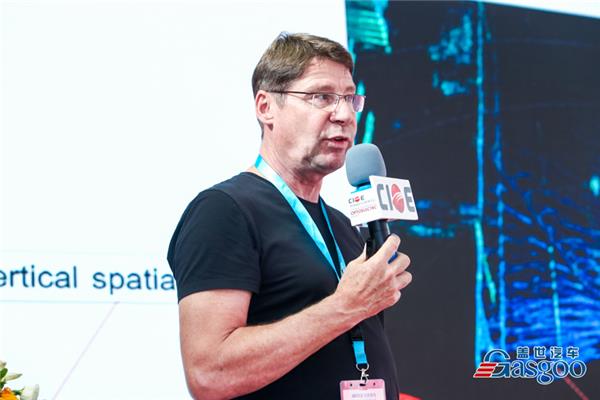
“Giving a simple instruction, for example ‘taking me home’, to smart voice assistants like Siri, our cars will automatically drive us home. This is may be the effect we target for the future,” said Beat De Coi, “but we all know there is still a long way to go.”






